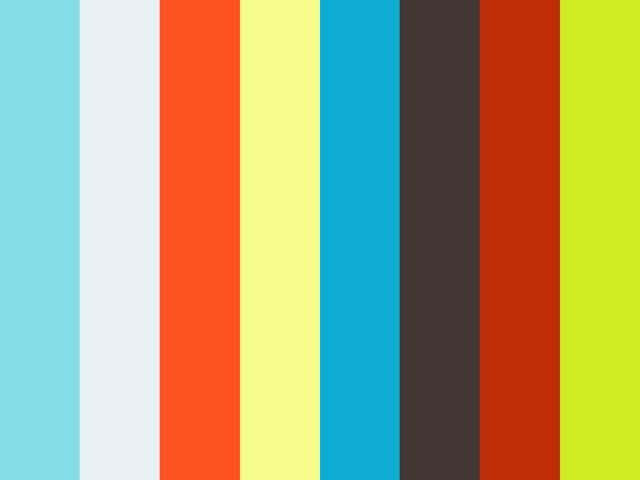Children & Pediatric Eye Care
Starting at just 6 months old we start eye examinations with children
Completed differently than adult exams, we check for other things that affect children differently, especially for development and learning.
Good students have better eyesight as 80% of learning is done visually. It is also known that 1 in 4 children have a vision problem significant enough to affect their learning. Children with poor vision may be misdiagnosed as having a learning or behavioral disability. A routine eye exam will ensure your child has optimal vision for all the visual tasks that school requires of them.
If your child is experiencing trouble with reading, spelling, handwriting, headaches, blurred vision, fatigue, and near work avoidance, this may be an indication of binocular vision or visual processing dysfunction and your optometrist may recommend vision therapy.
WHAT TO EXPECT AT YOUR CHILD’S EYE EXAM
A review of eye health and systemic health history
Eye Alignment and Ocular Motility Testing
Pupil check
Visual Acuity: How well they can see the chalkboard or the page in front of them.
If they don’t know their letters we can use shapes
If they don’t know shapes or letters we have other options
Refraction (Determining the spectacle prescription if needed):
Even at the young age of 6 months old we can determine if kids need glasses with the use of retinoscopy and skiascopy bars.
When they become old enough we’ll ask the regular questions of which one is better and take other data into consideration.
Power of Accommodation or Focusing Power:
Being able to read and write for sustained periods of time and the ability to change focus from the chalkboard to their notebook is essential for all school aged children.
If kids can’t accommodate properly it will be harder for them to read or focus, and if they can’t do it quickly enough their eyes can become fatigued
Eye Teaming Skills:
Eye teaming and coordination is important for following balls during play and reading accurately across the page. Poor eye teaming skills can lead to skipping letters or words, eyestrain, and can cause double vision.
Visual Perception and Colour vision
How we perceive and interpret images and information we see. Even if the image is clear our brain still has to interpret the information which for some kids can be difficult to do.
Ocular health examination:
Anterior segment examination and retina examination. This evaluation is similar to an adults evaluation, however may be altered based on the age of the child and cooperation.
Dilated and/or Cycloplegic exam:
A Dilated exam will give us a much better view of the retina by making the pupils larger.
A Cycloplegic exam will also make the pupils larger, but also temporarily disables the ability to accommodate or focus which allows us to properly determine an accurate prescription. This is typically done at least once with every child especially with suspect cases of:
latent hyperopia: masked farsightedness
asthenopia: eyestrain
amblyopia: a vision development disorder in which an eye fails to achieve normal visual acuity, even with prescription eyeglasses
strabismus / esotropia: misalignment of the eyes / eyes turning inwards
anisometropia: when two eyes have unequal refractive power
accommodative dysfunction: difficulty with the focusing system, unrelated to natural aging changes
LENS PROGRAMS FOR CHILDREN
Eye See Eye Learn (ESEL) Program
-A program for students in Junior Kindergarten.
-It provides a free pair of glasses and lenses if needed.
This program was developed by the Ontario Association of Optometrists and the Government of Ontario to raise awareness to teachers and parents to have their children's eyes checked by an optometrist before school.
Eye-M-Growing Program
A program that includes a second set of lenses at no extra charge for fast growing children. This is great for those who may have prescription changes, damage their lenses, lose their glasses, or just to get back up pair.
-Available for kids 16 and under
-The second set of lenses may be used right away as a back up pair of glasses or anytime within 16 months of purchase for any reason





